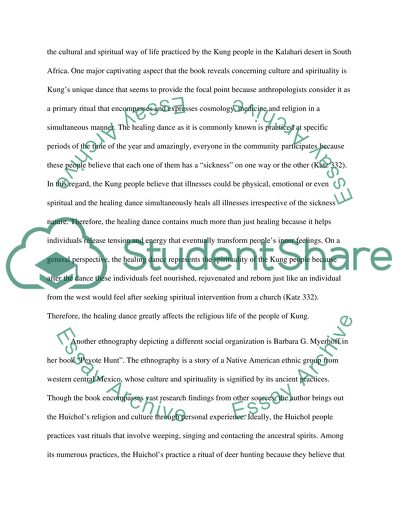Cite this document
(“The Kung, Wogeo, Huichol, and Sherpas differ significantly in their Essay”, n.d.)
The Kung, Wogeo, Huichol, and Sherpas differ significantly in their Essay. Retrieved from https://studentshare.org/religion-and-theology/1495979-the-kung-wogeo-huichol-and-sherpas-differ
The Kung, Wogeo, Huichol, and Sherpas differ significantly in their Essay. Retrieved from https://studentshare.org/religion-and-theology/1495979-the-kung-wogeo-huichol-and-sherpas-differ
(The Kung, Wogeo, Huichol, and Sherpas Differ Significantly in Their Essay)
The Kung, Wogeo, Huichol, and Sherpas Differ Significantly in Their Essay. https://studentshare.org/religion-and-theology/1495979-the-kung-wogeo-huichol-and-sherpas-differ.
The Kung, Wogeo, Huichol, and Sherpas Differ Significantly in Their Essay. https://studentshare.org/religion-and-theology/1495979-the-kung-wogeo-huichol-and-sherpas-differ.
“The Kung, Wogeo, Huichol, and Sherpas Differ Significantly in Their Essay”, n.d. https://studentshare.org/religion-and-theology/1495979-the-kung-wogeo-huichol-and-sherpas-differ.


